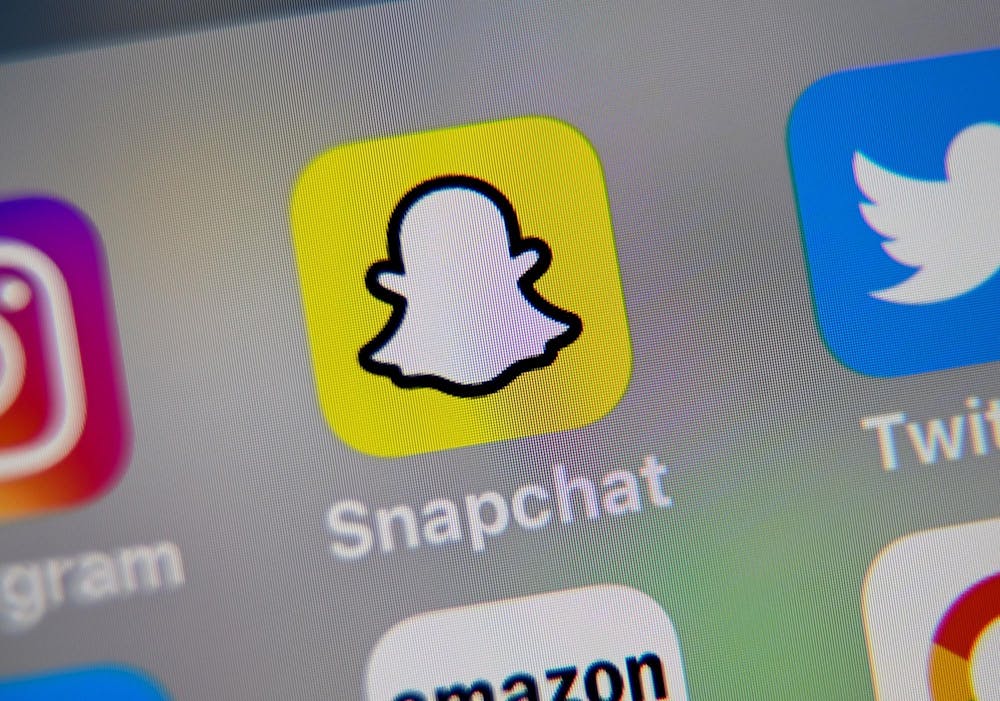I used to think streaks were just the marks on an unwashed dinner pan that my dad forgot to clean. Then, I got to middle school and saw kids snapping and chatting all around me on an obnoxiously colored yellow app with a riveting, mind-blowing name: Snapchat.
My anti-Snapchat villain arc started in middle school and continued throughout high school. This hatred doesn’t come from a place of arrogance; the main problems with Snapchat is it’s highly addictive nature that contributes to the damaging the way young people communicate through its features like streaks. Just like we can be addicted to alcohol, caffeine and other drugs, we can be addicted to communication.
According to the Western Missouri Medical Center, social media platforms are designed to addict. With an increased reliance on social media for the release of the pleasure hormone dopamine, apps like Snapchat are molding modern communication into a practice that’s heavily digital and requires immediacy.
For younger kids, other features like disappearing chats and temporary photos create prime conditions for cyberbullying and child predation. The app also caters towards and continues to deepen the rising problem of short attention spans.
A study in the National Library of Medicine found that the increase of social media usage among children is associated with decreased language scores and speech delays. It urged electronic use to be delayed until later stages of development and found that educational apps correlated with stronger language skills. It also discovered that parents’ more frequent use of electronic devices with kids correlates to lower grammar and vocabulary skills, and less frequent reading.
The overarching pattern of communication among college students is social media and the internet, or further than that, the use of phones. I’d argue that the take-over of phones is the deeper root of social media addiction because the modern, unspoken requirement of needing a phone fuels the urge to be chronically online.
Almost everyone I know has Snapchat. It links people of our generation together. People make school group chats on it, use its fun filters, and for some, it’s their main way of communication with friends. It’s more casual than texting and can foster friendships with people who would otherwise be acquaintances. Others have told me they merely have it to keep funny middle school memories and awkward relics of themselves — its “Flashback” feature showing memories from years past allows it to also function as a time capsule.
With middle and high school behind us, how we communicate in college is unique. Generally, most people seem to use Snapchat for day-to-day, casual conversations, and text messages for closer friends. Instagram DMs are for flirting (and creeps), and nobody uses Facebook Messenger. GroupMe is used for organizations, clubs and Greek Life, and TikTok messages relay humor.
While we have a plethora of different apps for different types of communication, generations before us who went to college had to chat in person. Though we live in a very different world on changed campuses, the raw communication style of face-to-face conversation is still the only type of communication that is absolutely necessary. Texting, FaceTiming, snapping, DMing and even sending a letter via dove is just fluff.




